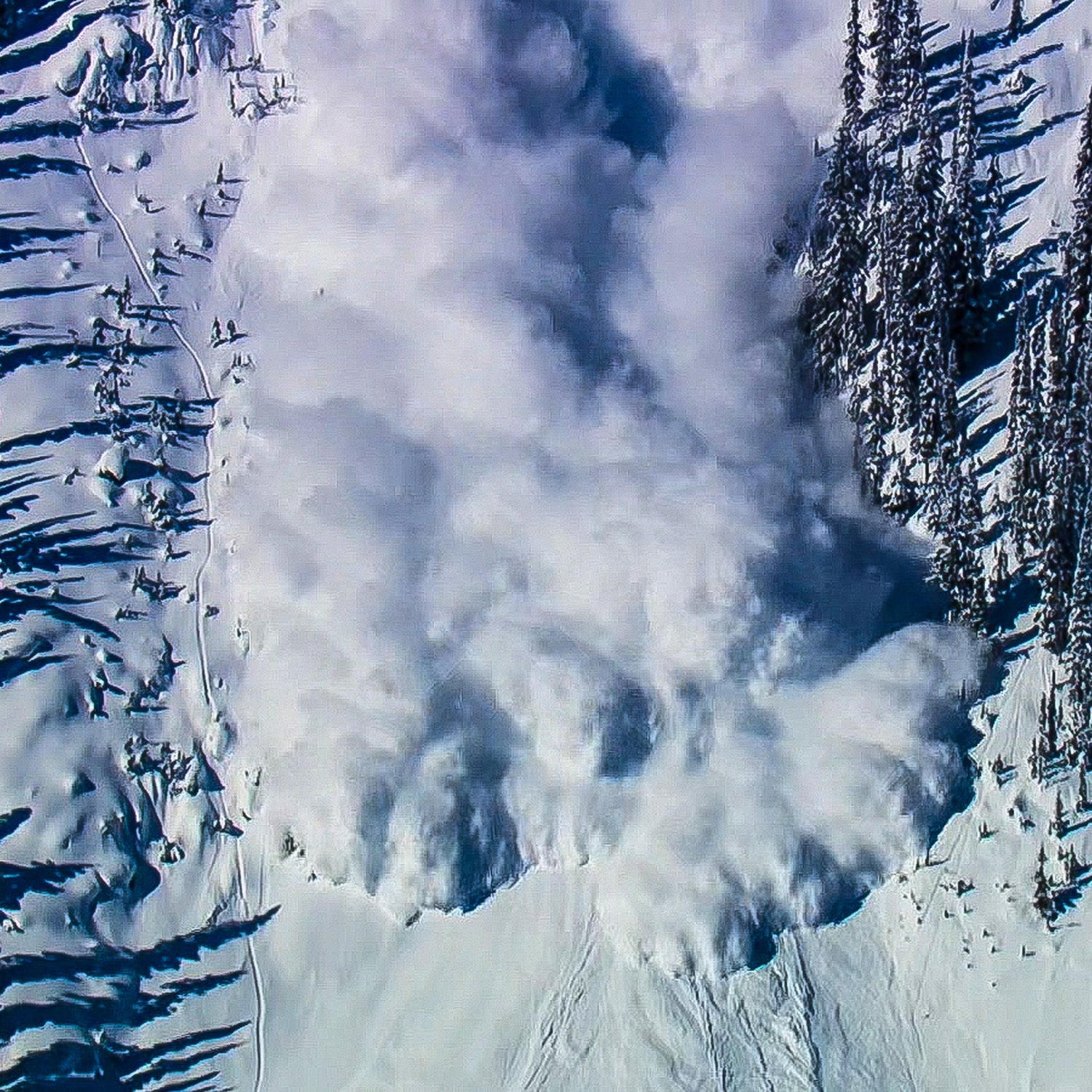Understanding avalanche safety is paramount to spending time in the mountains—as necessary as packing water or remembering your first-aid kit. We’ve assembled our best advice here so you know how and where to start your own educational journey and make sure you come home safe at the end of the day.
A Beginners Guide to Backcountry Snow Safety
Recommendations for those who want to get far, far out there in the winter.
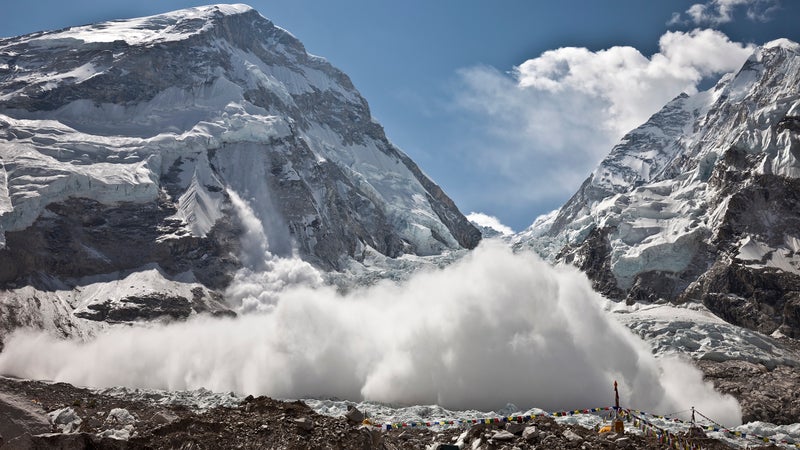
No matter what, you need a set of foundational skills to enter avalanche terrain in the first place. So we called an expert��to help sort out what backcountry beginners��need to know.
Essential Avalanche Safety Gear��
The right tools combined with the right training might just be enough to save a life.��
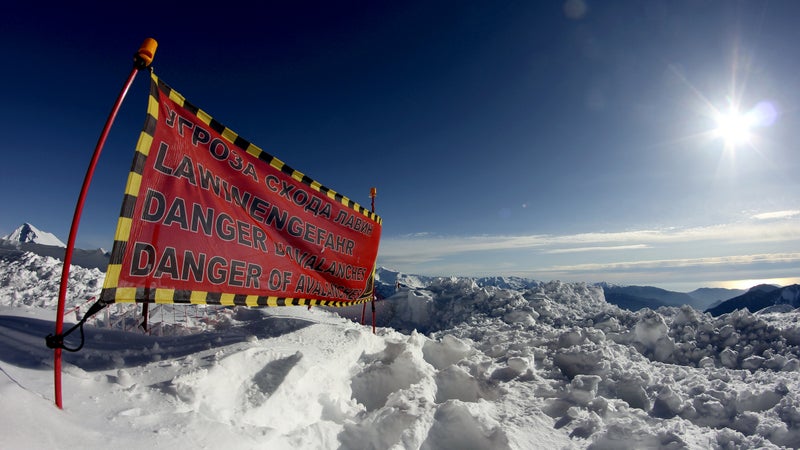
Heading to the backcountry responsibly means knowing how to handle the worst. Equip yourself with these basic tools.
5 Avalanche Safety Rules of the Backcountry
A look at the human factors that can blur judgment in the field.
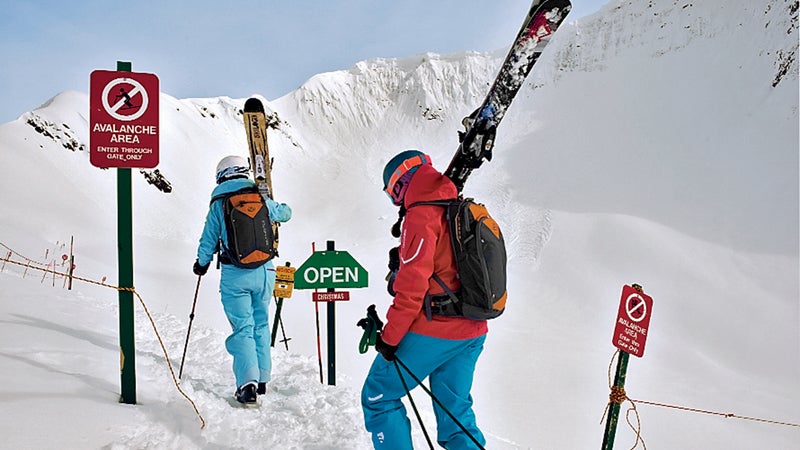
Using tools from psychology and advertising, avalanche researcher Ian McCammon has spent the past 20 years analyzing what he calls the psychological terrain. The upshot: more accidents are due to decision-making errors rather than misreading the snowpack.
Understanding Avalanche Warning Signs��and Terrain
It takes years of experience to consistently understand what terrain could slide, and how dangerous that slide could be. And no matter how long you’ve been touring, the backcountry is full of��surprises. But there are a few key elements to look out for while you choose an approach and descent for the day. This article offers a helpful primer.
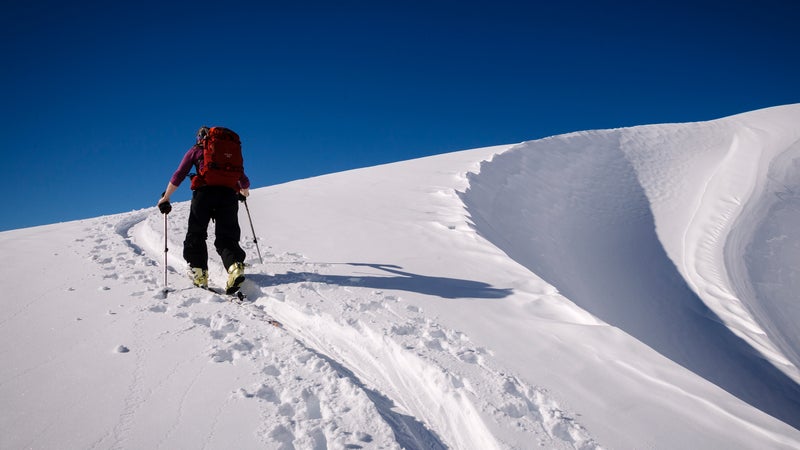
Don’t take on the backcountry without knowing what you’re looking at.


